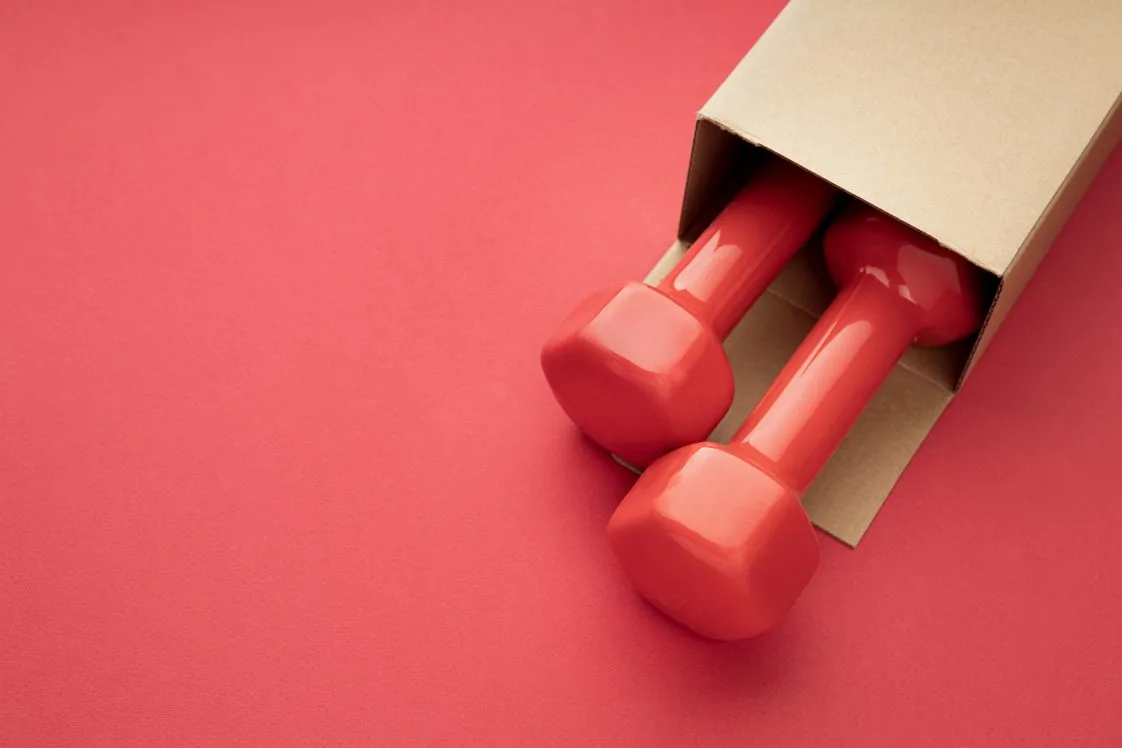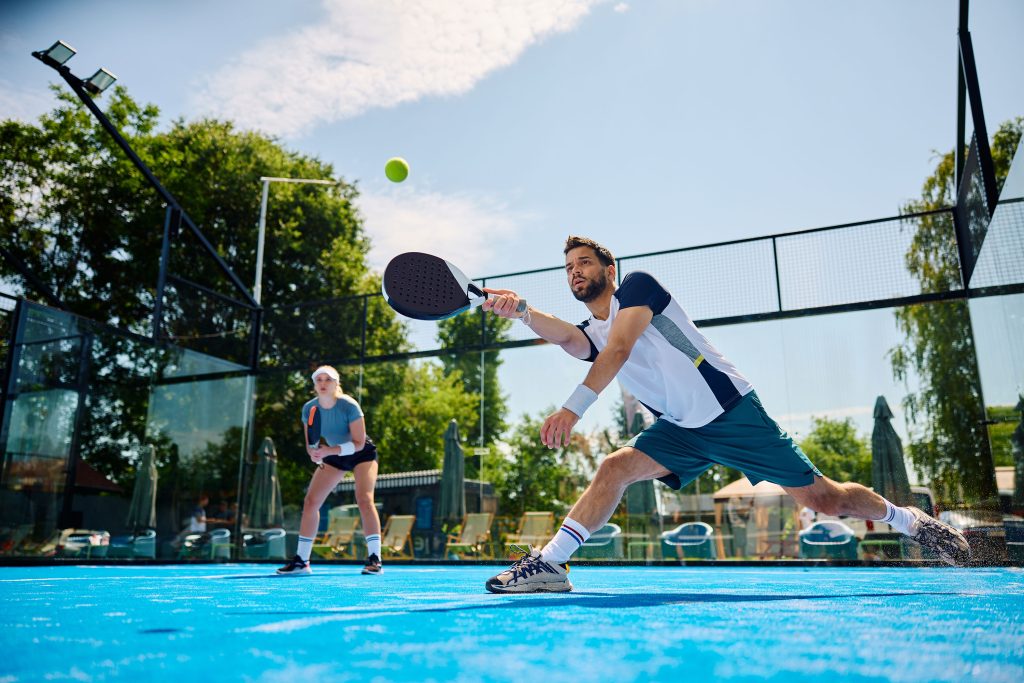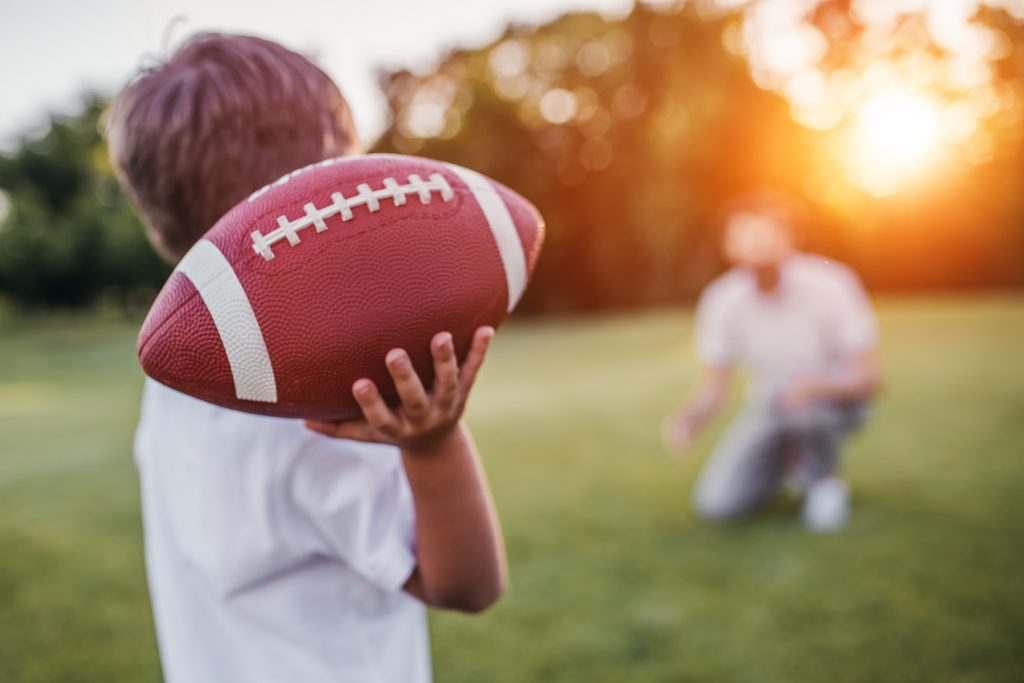Sporting goods: the top trends

Radial Research completed a consumer survey focused on e-commerce and the sporting goods industry. We interviewed Brendan Lease, Radial’s Director of Product Marketing, to unpack the latest trends for the industry.

Brendan, how do sporting goods differ from other e-commerce categories?

In the sporting goods vertical there is a real breadth of products that fall under it. Equipment like balls, racquets, and hockey sticks. Apparel like uniforms or shoes—even items like large cardio equipment and weight training products. But even with that division in product types, it’s probably one of the higher volume categories, especially for smaller items.
Our Radial Research consumer survey from Q4 2024 shows that more than 80% of consumers are willing to buy sporting goods online across all categories. The smaller stuff, like apparel and equipment, nears 90%.
What buying experience do consumers expect?
For smaller items or wearable items, consumers that choose not to buy the product online are usually most interested in the fit, feel, and quality. For larger items shoppers are mainly concerned with quality and durability, concerned about damages in shipping, or higher shipping costs. Those are the reasons they choose to purchase in-store.
Similar to what we saw in our home furnishings survey, consumers care about quality and want to see certain products in-person. And bigger exercise equipment is going to be put to the test and need to be durable. Plus, the bigger stuff is inherently a bit more difficult to manage via e-commerce fulfillment — like shipping a treadmill or bike or weight set. That means longer or more expensive shipping options. And given the size and weight of these items, there’s greater potential for damage if they aren’t handled correctly.
How about delivery?
We saw faster expected delivery timeframes [2-3 days or faster] for smaller products like equipment, apparel, and fitness tech. That’s compared to more measured expectations for large, heavy items like cardio or weight equipment [4-7 days]. In terms of demographics, the younger you get by generation the higher the expectation for delivery speed, with Gen Z and Millennials expecting faster deliveries across the board.
For smaller items, 30% to 40% of Millennials and Gen Z shoppers expect items to arrive same-day or next day.
And returns?
It’s all about free returns. That was the top choice in our recent survey, when we asked consumers what would encourage them to buy more products. It was split by gender, though: women had a much higher propensity for returns being a purchase driver (22%) versus men (15%). Men were more interested in money-back guarantees. Though those two [returns and guarantees] kind of swim in similar lanes, so it’s really about delivering a great product that is built to last.
What will e-commerce look like for the sporting goods industry over the next 5 years?
EMARKETER has sporting goods and fitness growing at a healthy 7.3% over the next 5 years. It’s expected to grow to about a $53B category by 2028. It is a highly penetrated online industry already, so there is a bit less room to grow in terms of the magnitude of purchases people make online in it.

When are consumers buying sporting goods?
Per Radial’s recent survey,
- 27% around the holidays or as needed
- 24% around deals or promotions
- 21% when they start a new routine
.The generational differences are more interesting, though. Millennials and Gen Z are much more likely to purchase for new year’s resolutions, when starting a new fitness program, or kicking off a new sports season. Baby Boomers simply buy as needed. This makes sense: Younger generations are still playing sports more often or may be more interested in jumping on a new fitness trend. Plus, they’re buying sporting goods for their own children.
What obstacles do sporting goods retailers face when selling online?
Consumers have different expectations on larger versus smaller items. For smaller items like equipment, apparel, and accessories, consumers need better product descriptions and better visual representations of the product in use. They want to know they’re getting value for their money.
Fitness equipment needs to be durable – you’re usually pretty tough on it, so these consumers want to make sure they’re getting a good product.
When it comes to larger items, the main issue seems to be expensive shipping costs as well as product descriptions. Retailers selling big stuff need to figure out an economical way to ship these products out while avoiding damages, and luckily, they have a bit more lenience on speed expectations to make that work.
What are the main influences?

Social media is big when it comes to discovering new products. It takes one of the top slots at 34%. Over 50% of Gen Z and Millennials say that it is a driver. It is important only 25% of Gen X and 8% of Baby Boomers. Interestingly, fitness or athlete influencers weren’t a huge factor overall at only 14%, but they were much more important for Gen Z buyers at 28%.
Otherwise, traditional online search (35%), in-store experiences (33%), and friend or family recommendations (31%) are significant factors.
Older generations primarily buy on marketplaces and big box stores, but younger generations have a higher propensity to buy directly from brand-owned websites
How to foster growth?
Retailers need to know their products and subcategories. They need to define the buying experience that maps to consumer needs. When you’re selling smaller items, you need to have competitive shipping, great product visuals and descriptions, and free returns. For larger items, focus on economical shipping options.
Look at your target demographics and build outreach programs based on that. If you skew older, have a retail presence, as well as loyalty programs. Encourage referrals. For younger demographics, focus on social media and influencers—especially if you target Gen Z shoppers.
There’s a big demographic split over whether shoppers will buy sporting goods secondhand.
And a quick thought about some other interesting things we asked about, one of which was secondhand sales. There’s a big demographic split over whether shoppers will buy sporting goods secondhand. Over 50% of Gen Z and Millennials say they will buy products secondhand. That’s compared to 18% of Baby Boomers. Retailers can potentially take the opportunity to figure out trade-ins, secondhand resellers, or refurbishment programs to drive repurchases.
Lastly, there are free trials. According to our survey, 67% of shoppers say trial periods are important, especially for men (72%). If you’re a mostly online retailer, think about ways you can get your products into people’s hands—like pop-up events or retail placements. Make it easy by offering money-back guarantees with solid returns options.”
About the Author

Brendan Lease | Director, Product Marketing
Brendan Lease is the Director of Product Marketing at Radial, focused on building market expertise and go-to-market strategies to help brands successfully navigate the complexities of eCommerce and retail logistics. He brings nearly 14 years of experience to this role, with 10 years of experience at UPS in marketing roles focused on international logistics and eCommerce as well as 3.5 years as Director of Product Marketing at Pitney Bowes Global eCommerce. He has an MBA in Marketing from Kenan-Flagler Business School at the University of North Carolina-Chapel Hill and a B.S. in Finance from Penn State University.
